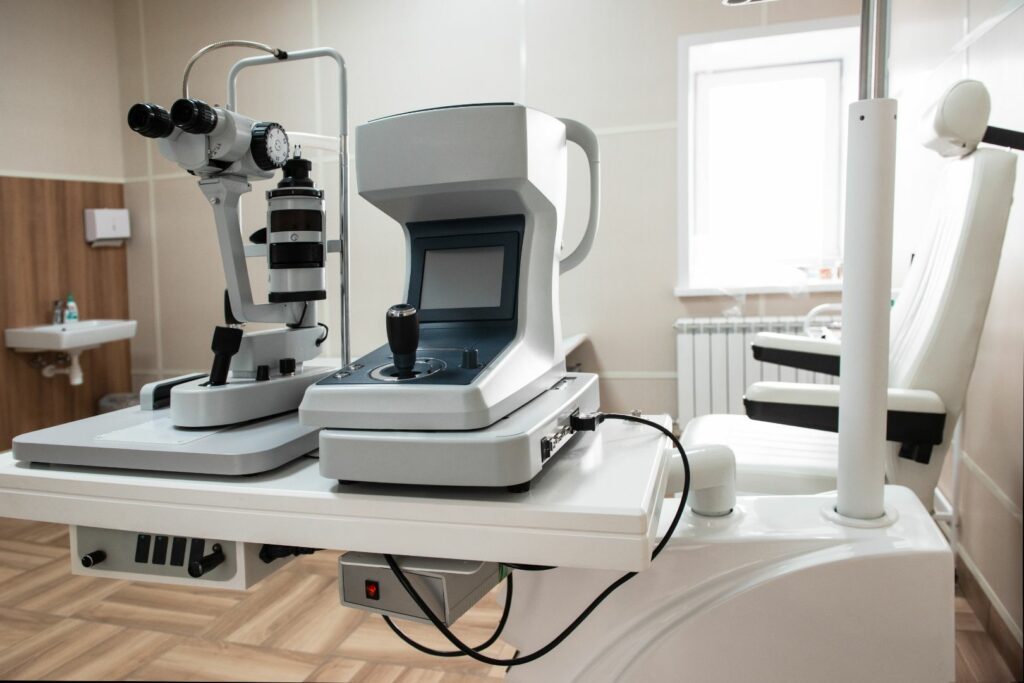Business to business (B2B) ecommerce is the smallest, but fastest-growing sales channel for manufacturers.
For the first time in 2018, the majority of sales by US manufacturers, wholesalers, distributors and retailers selling in bulk were through electronic channels. That’s impressive, but last year was also a milestone for US manufacturers’ B2B ecommerce sales, which grew by some 23%, to $356.4 billion or almost 6% of the total.
Overall, electronic sales for manufacturing in the US, including EDI, procurement networks and ecommerce sites, increased 1.4% to $3.55 trillion. That’s more than half of all US manufacturing sales, which stand at about $6.03 trillion.
Maximizing a new sales channel
Manufacturers have only recently started to see the potential benefits of ecommerce, and for many it still represents a small part of their total revenue.
However, there are some notable exceptions, such as digital manufacturing services provider, Protolabs, whose primary sales channel is its ecommerce site. Their sales grew by 29% in 2018 to $445.6 million and the company continues to invest around 7% of its revenue (about $31.2million) into research and development to continue this trend.
Manufacturers making the move into B2B ecommerce
Almost 80%* of manufacturers are planning to increase their spending on B2B ecommerce this year.
The reasons are clear. The seller of axles, suspension and transmission units, along with related parts for trucks, buses and on other vehicles, Meritor, is a good example. In 2017 the company launched an updated version of its B2B ecommerce site with a catalogue of 100,000 aftermarket products and saw revenue increase by 25%.
The new B2B ecommerce site offered enhanced search with quick-find options for replacement parts by the company’s own part number and product line, competitor part number, or keyword. The online catalogue navigation was designed to help customers accurately identify replacement parts quickly and easily.
To improve the part selection process, the site has more than 40,000 product images, including photographs and line drawings, as well as three-dimensional and 360-degree views.
The updated site also allows customers to check their order status from the company’s four distribution centers in the US and Canada. Authorized customers can also create new accounts to streamline ordering and to monitor spending. An order returns form has also been created to cut out the need to contact the customer service team.
The overall aim is to provide a more personalized and streamlined customer experience and, in just over a year, the number of visitors to the site increased by 65%.
Planning to launch a B2B ecommerce site?
With so many manufacturing businesses planning to launch or extend their ecommerce capabilities, the range of options is expanding.
Manufacturers can help distributors with real-time stock information on mobile devices that can be used in the field, making printed catalogues a thing of the past.
Integration with customer relationship management (CRM) systems can streamline sales and customer service processes, and the Internet of things (IoT) can allow someone working on the factory floor can reorder replacement parts directly.
And, while we’re looking at the rapid growth of B2B ecommerce for manufacturing, it’s worth remembering that currently just under half of sales in this sector continue to be completed manually.
Buyers are actively looking for the convenience of ecommerce. For manufacturing businesses that develop fast, effective customer-focused ecommerce sites, huge opportunities await them in this $7.37 trillion market.
Take a look at the potential of B2B ecommerce for your manufacturing business with a free Cloudfy demonstration.






